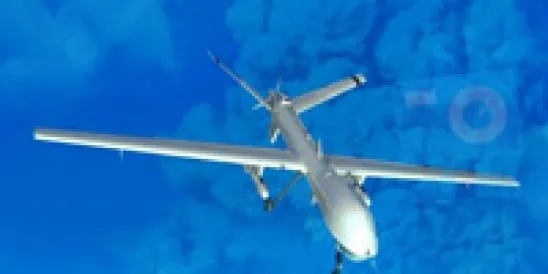On Feb. 15, the Federal Aviation Administration (FAA) released its long-awaited notice of proposed rules with respect to unmanned aircraft systems (UAS). Once finalized, the proposed rules will replace the current almost-universal ban on flying UAS for commercial purposes with a protocol for authorizing operations for commercial flights of small UAS weighing up to 55 pounds.
The new rules place restrictions on UAS flights to ensure the continued safety of the national airspace. It limits unmanned flights to daylight and visual-line-of-sight operations in addition to addressing height restrictions, operator certification, optional use of a visual observer, aircraft registration and marking, and operational limits.
Civil UAS provide benefits to individuals and businesses because they are able to complete tasks that may be too dangerous, expensive, or time consuming when using other methods. UAS have been proven effective in the entertainment industry, and many of the FAA’s existing exemptions have been granted to businesses conducting closed-set filming operations and aerial filming and photography for motion picture and television. Once finalized, the new rules will allow all companies to integrate UAS technology into their businesses without the FAA’s express authorization as long as they comply with its restrictions.
While operators are prohibited from operating UAS over people not otherwise involved in the operation, UAS are permitted to fly up to a maximum altitude of 400 feet, providing onboard cameras with visibility of large areas. The FAA is also considering rules for MicroUAS (up to 4.4 lbs.), which also would be permitted to fly up to a maximum altitude of 400 feet, including over people not involved in the operation. Due to the inherent privacy concerns these operations create, the White House has directed a multi-stakeholder review to develop best practices for privacy, accountability, and transparency issues involved with commercial use of UAS.
There is a 60-day public comment window on the new regulation. This is an ideal opportunity for businesses to offer input that will shape the future of UAS regulation. The current unmanned aircraft rules will remain effective until the new rule is implemented sometime after the public comment period has closed.








 />i
/>i

